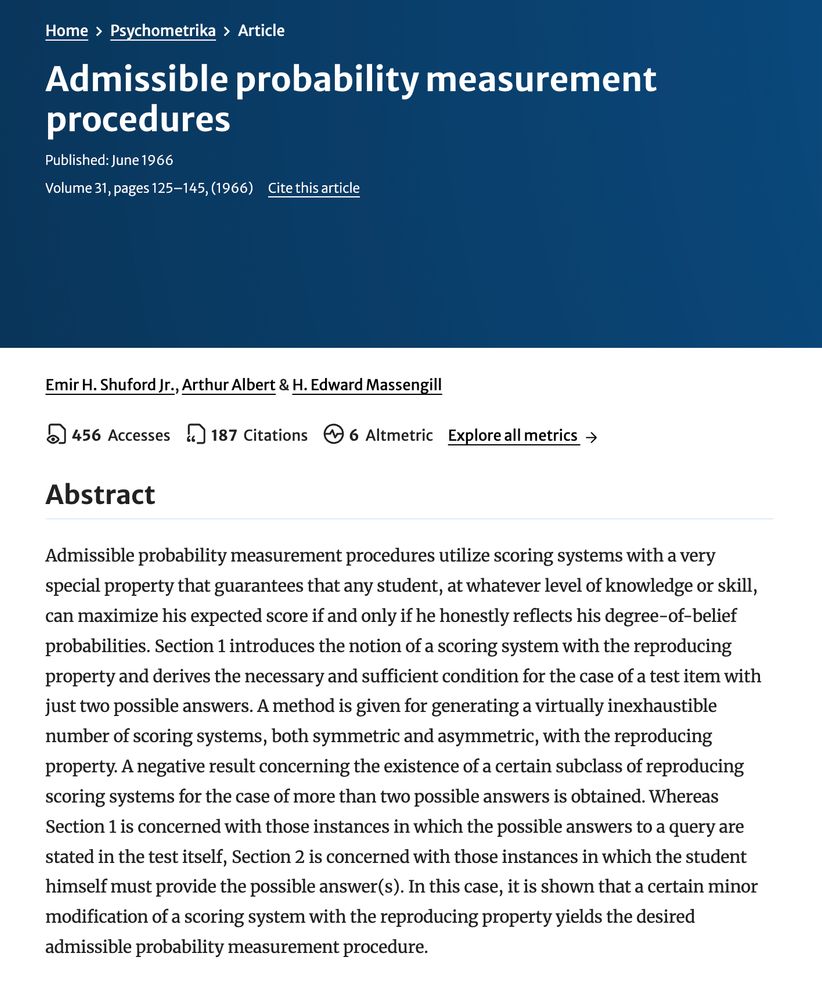
Even so, without more thought, this feels more like it side-steps the issue in my intuition than directly tackles it

Even so, without more thought, this feels more like it side-steps the issue in my intuition than directly tackles it

If you translate "lemma" as meaning a proposition, a dilemma is literally having two propositions to consider

If you translate "lemma" as meaning a proposition, a dilemma is literally having two propositions to consider
8/9 🧵

8/9 🧵
7/9 🧵

7/9 🧵
When training Siamese networks, people tend to generate matching/non-matching pairs in equal ratio. However, you can train more efficiently if you generate only matching pairs, then creating the non-matching ones with some shifting of subnetwork outputs.
6/9 🧵

When training Siamese networks, people tend to generate matching/non-matching pairs in equal ratio. However, you can train more efficiently if you generate only matching pairs, then creating the non-matching ones with some shifting of subnetwork outputs.
6/9 🧵
In practice, when implementing these networks there is only one subnetwork, called twice, once for each input
But by stacking the inputs, we actually only need to make one call to the network:
Depending on batch size, the effect can be significant
5/9 🧵


In practice, when implementing these networks there is only one subnetwork, called twice, once for each input
But by stacking the inputs, we actually only need to make one call to the network:
Depending on batch size, the effect can be significant
5/9 🧵
A Siamese neural network consists of two identical subnetworks and a comparison layer
The two subnetworks generate representations for two different inputs, then the comparison layer measures the similarity between these representations
3/9 🧵

A Siamese neural network consists of two identical subnetworks and a comparison layer
The two subnetworks generate representations for two different inputs, then the comparison layer measures the similarity between these representations
3/9 🧵
Here are a couple of relatively simple tricks you can do to speed up training Siamese networks by 2.5x! 1/9 🧵

Here are a couple of relatively simple tricks you can do to speed up training Siamese networks by 2.5x! 1/9 🧵
It's really well written and if you replaced "students" with "models" in the text, would read like a fairly modern machine learning paper
link.springer.com/article/10.1...

It's really well written and if you replaced "students" with "models" in the text, would read like a fairly modern machine learning paper
link.springer.com/article/10.1...

